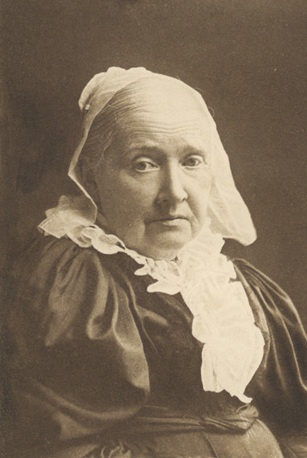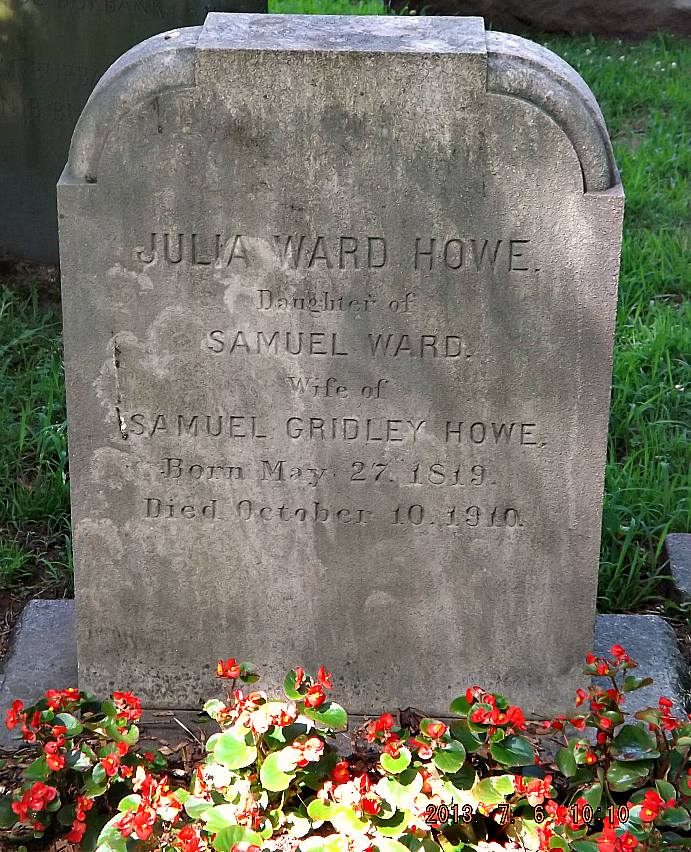Hymn History: The Battle Hymn of the Republic
Author: Julia Ward Howe
“I am confirmed in my division of human energies. Ambitious people climb, but faithful people build.”
“The strokes of the pen need deliberation as much as the sword needs swiftness.”
(Julia Ward Howe)
The Origin of the Hymn “Battle Hymn of the Republic”
Few songs hold as deep a place in American history as “The Battle Hymn of the Republic.” Part hymn, part patriotic anthem, it has been sung at rallies, in churches, and at state funerals, carrying with it themes of justice, sacrifice, and divine providence. Its origin story is woven into the fabric of the American Civil War, a time when the nation was torn apart yet searching for meaning in its struggle.
Early Roots: “John Brown’s Body”
Before Julia Ward Howe penned the famous words of the “Battle Hymn,” Union soldiers were already marching to the tune of a popular camp song, “John Brown’s Body.” That song, with its repetitive and sometimes humorous verses, referred to the abolitionist John Brown, who had been executed in 1859 after his failed raid at Harpers Ferry.
The tune itself was older, adapted from camp-meeting songs sung in American revival services. Its catchy, easily remembered melody made it ideal for soldiers to sing as they marched. However, while “John Brown’s Body” was spirited, it lacked the depth and dignity that leaders and reformers hoped to give the Union cause.
Julia Ward Howe’s Inspiration
Julia Ward Howe (1819–1910), the daughter of a prominent New York family and the wife of reformer Samuel Gridley Howe, was already known as a writer and poet by the time of the Civil War. In November 1861, she visited Washington, D.C., with her husband and a group of friends, including the Reverend James Freeman Clarke. During the visit, she witnessed Union troops marching and singing “John Brown’s Body.”
Clarke suggested that Howe might write more fitting words for the stirring tune. That night, staying at the Willard Hotel in Washington, Howe awoke with the lines of a new hymn forming in her mind. By candlelight, she wrote the verses that became “The Battle Hymn of the Republic.”
Publication in The Atlantic Monthly
Howe’s poem was published in the February 1862 issue of The Atlantic Monthly. It quickly gained attention and was set to the existing tune of “John Brown’s Body.” Its elevated language, biblical imagery, and moral tone gave the Union cause a sense of divine mission.
Lines such as “Mine eyes have seen the glory of the coming of the Lord” and “He hath loosed the fateful lightning of His terrible swift sword” echoed themes of judgment, justice, and righteousness. The hymn presented the war not only as a political struggle but also as a moral crusade against slavery.
Religious and Biblical Imagery
Part of the hymn’s power lies in its heavy use of Scripture. Howe drew imagery from passages like Isaiah 63, Revelation 14, and the Gospels, connecting the Union’s struggle with God’s cosmic battle against evil. By framing the Civil War in biblical terms, the hymn gave soldiers and civilians alike a sense that they were part of something greater than themselves—a battle for the soul of the nation.
Widespread Adoption
The hymn quickly spread throughout Union forces and among civilians in the North. It was sung at rallies, religious gatherings, and public events, often stirring deep emotion. Abraham Lincoln himself was reportedly moved by it and recognized its power to unify and inspire.
Over time, “The Battle Hymn of the Republic” became more than just a Civil War song. Its themes of justice and sacrifice carried into later generations. It was sung during both World Wars, at the Civil Rights marches of the 1960s, and at the funerals of leaders such as Winston Churchill, Robert F. Kennedy, and Ronald Reagan.
Howe’s Legacy
For Julia Ward Howe, the hymn became the defining work of her long and varied career. Though she continued to write poetry, essays, and advocate for women’s rights, she was forever remembered as the author of “The Battle Hymn of the Republic.” Late in life, she remarked on the mysterious way the hymn had come to her, calling it a gift of inspiration rather than a product of deliberate labor.
Conclusion
The origin of “The Battle Hymn of the Republic” lies in a moment of inspiration during one of America’s darkest hours. Julia Ward Howe, moved by the sight of marching troops and the strains of “John Brown’s Body,” gave the Union cause a new anthem filled with biblical imagery and moral urgency.
From its first publication in 1862, the hymn captured the spirit of a nation struggling toward justice. Its words have endured, reminding generations that the pursuit of freedom and righteousness is not only a political calling but a divine one. Over 160 years later, it continues to be sung as both hymn and anthem, uniting voices in a vision of glory, justice, and hope.
_____
Image Source/Credit (in order):
- Author unknown, Public domain, via Wikimedia Commons
- “Julia Ward-Howe Headstone Photograph.” Find a Grave, memorial no. 516, https://www.findagrave.com/memorial/516/julia_ward-howe/photo#view-photo=83854033. Accessed 2 Dec. 2025.
Related
Sorry, no records were found. Please adjust your search criteria and try again.
Sorry, unable to load the Maps API.

